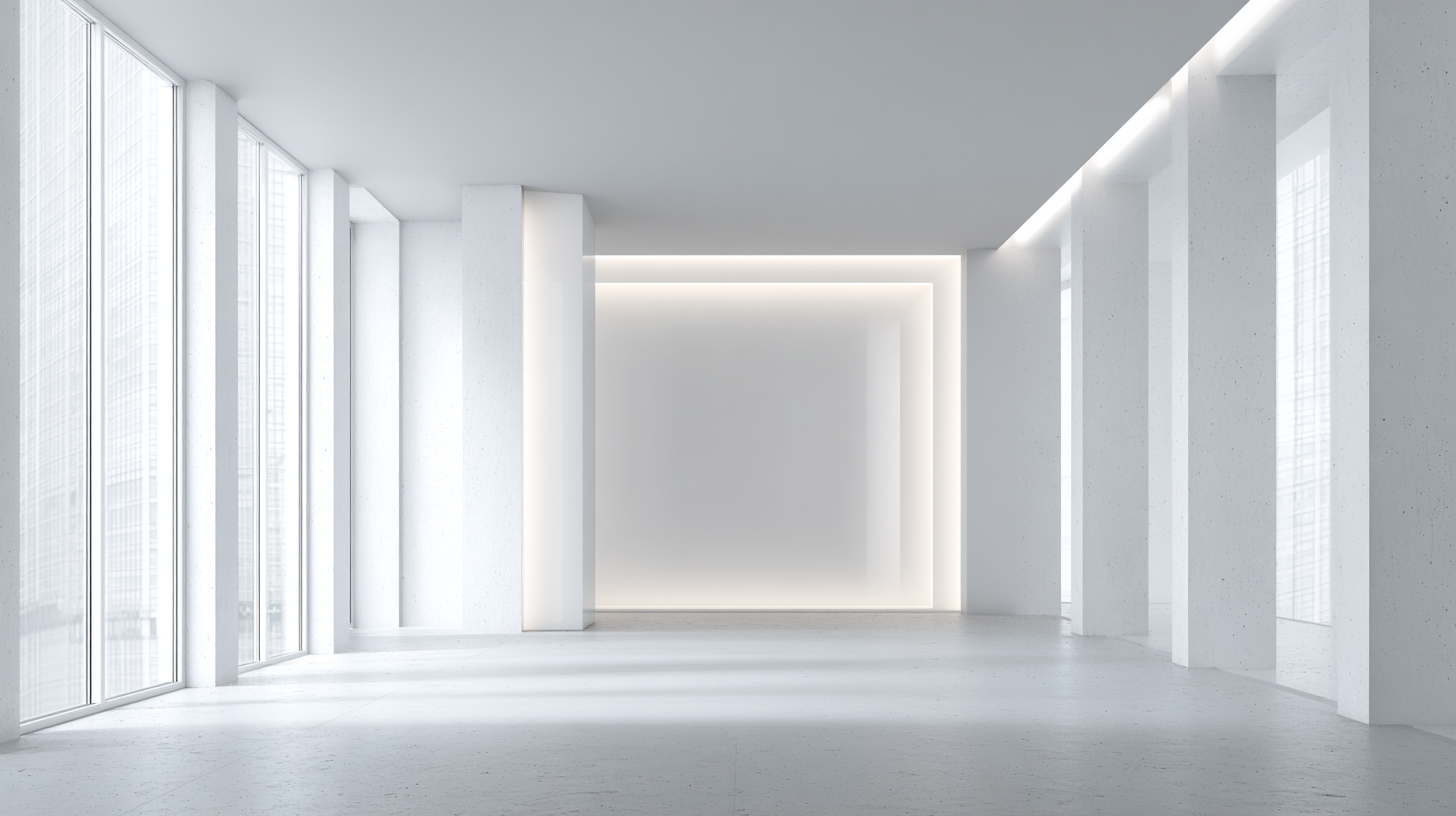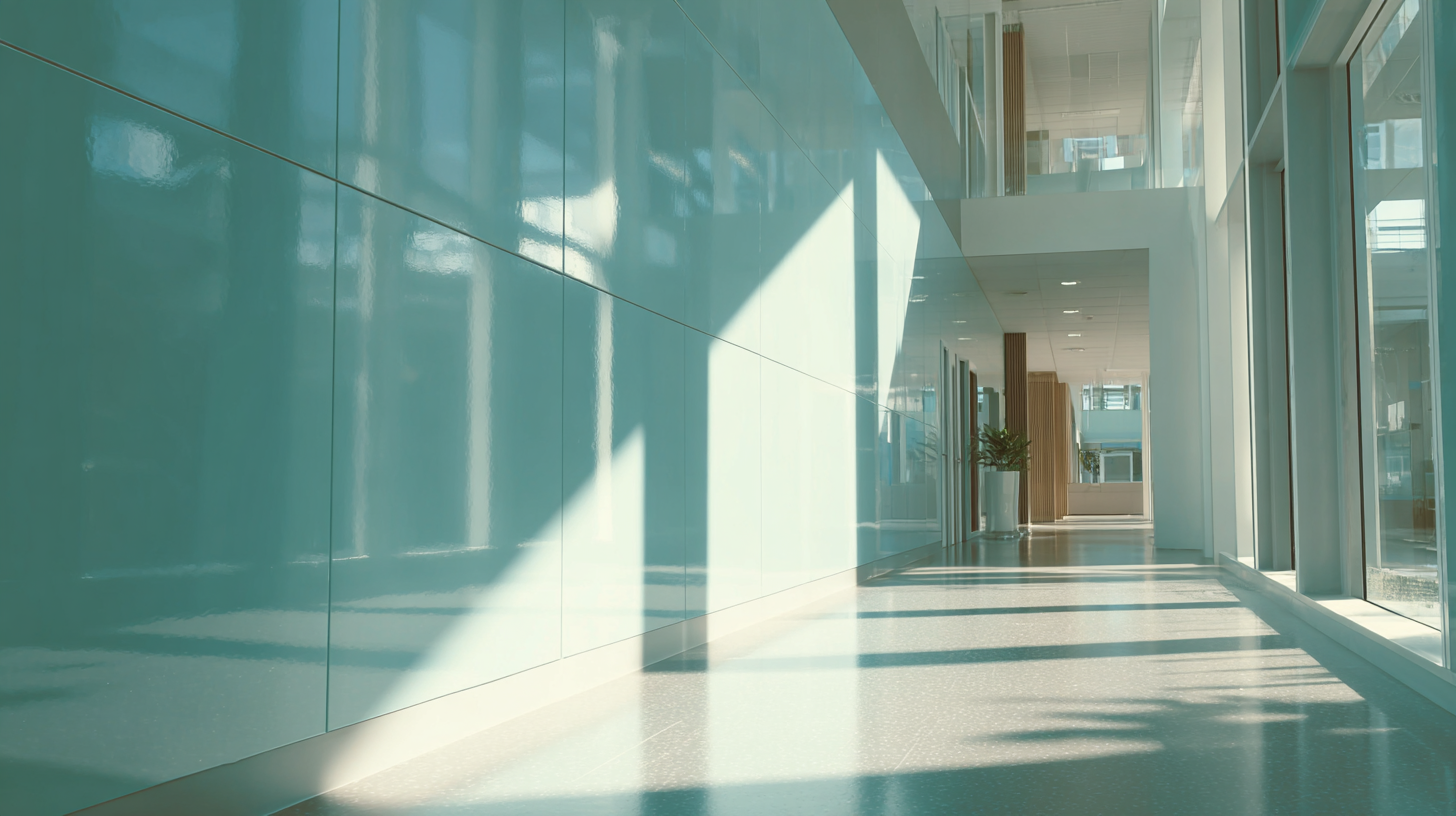Leave Your Message
-
Facebook
-
Whatsapp
-
Whatsapp


As we continue to prioritize health and hygiene in various environments, the demand for effective and innovative solutions rises. One such solution is PVC Hygienic Wall Cladding, which offers a multitude of advantages for creating clean spaces in facilities such as hospitals, kitchens, and laboratories. This versatile material not only provides a seamless and non-porous surface that resists bacteria and mold, but it also simplifies cleaning processes, ensuring that high standards of hygiene are maintained.

In this discussion, we will explore the numerous benefits of PVC Hygienic Wall Cladding, including its durability, ease of installation, and aesthetic appeal, while also offering practical guidance on how to effectively implement this cladding in different settings. Embracing PVC Hygienic Wall Cladding could very well be the key to safeguarding health and promoting cleanliness in our shared spaces.
PVC hygienic wall cladding is rapidly becoming a preferred choice for modern clean spaces, including hospitals, kitchens, and laboratories, due to its numerous advantages. According to a recent market analysis report by Technavio, the global hygienic wall cladding market is expected to grow by 5% between 2023 and 2027, driven by the increasing demand for sanitary environments. PVC cladding is non-porous, making it resistant to mold, bacteria, and other pathogens, which is crucial for maintaining hygiene in these sensitive areas.
One key advantage of PVC hygienic wall cladding is its ease of maintenance. Unlike traditional materials, PVC can be wiped clean with standard disinfectants, ensuring a sterile environment without the risk of damaging the surface. Additionally, PVC is durable and can withstand impacts, which minimizes repair and replacement costs. A study by the Cleanroom Technology Journal highlights that facilities using PVC wall cladding reported a significant decrease in cleaning time and associated labor costs, enhancing operational efficiency.
**Tips:** When choosing PVC hygenenic wall cladding, look for products that are certified for low VOC emissions to ensure a healthier indoor air quality. Regular inspections should also be scheduled to check for any signs of wear or damage, ensuring ongoing hygiene standards are met.
PVC hygienic wall cladding is revolutionizing the way we think about cleanliness and safety in various environments. One of the key features that promote hygiene is its non-porous surface, which prevents the accumulation of bacteria, mold, and grime. Unlike traditional wall materials, PVC doesn’t absorb moisture, ensuring that any spills or contaminants can be easily wiped away, maintaining a sterile environment. This is especially beneficial in healthcare settings, food processing areas, and laboratories where hygiene is paramount.

In addition to its moisture-resistant properties, PVC wall cladding is also highly durable and resistant to chemicals and harsh cleaning agents. This resilience not only prolongs the lifespan of the wall surface but also minimizes the need for frequent replacements, making it a cost-effective solution. Additionally, the smooth finish of PVC allows for quick cleaning with minimal effort, further enhancing the safety of spaces where hygiene is crucial. With its blend of functionality and performance, PVC wall cladding emerges as a preferred choice for those seeking to invest in clean and safe environments.
When it comes to maintaining hygiene in clean spaces such as hospitals, laboratories, and food processing facilities, the choice of wall materials is crucial. PVC hygienic wall cladding has emerged as a superior option compared to traditional materials like painted drywall and ceramic tiles. A recent report by the Hygienic Products Association notes that PVC cladding can reduce bacterial growth by up to 99%, making it an ideal surface for areas requiring stringent cleanliness standards.
In terms of durability, PVC wall cladding outperforms traditional materials significantly. According to a study from the National Institute of Health, PVC has a lifespan that can exceed 20 years without showing signs of wear, while painted drywall may need frequent repainting and ceramics can crack under stress. This long-lasting performance not only saves costs on maintenance and replacement but also ensures that hygiene levels are consistently upheld over time.
Furthermore, installation efficiency favors PVC, as it can be directly adhered to existing walls and requires minimal tools, reducing labor costs by approximately 30% as indicated in a report by the Association of Wall and Ceiling Industries. The smooth, non-porous surface of PVC ensures easy cleaning and maintenance, further enhancing its appeal in environments where sterile conditions are paramount.

When it comes to maintaining clean and hygienic spaces, the proper care for PVC hygienic wall cladding is essential. Regular cleaning not only ensures a visually appealing environment but also plays a crucial role in preventing the growth of bacteria and maintaining compliance with health regulations. According to a report by the World Health Organization, surfaces that are routinely cleaned can reduce the spread of infections by over 30%. Therefore, adopting effective cleaning practices is imperative for facilities such as hospitals, kitchens, and food processing areas.
To keep PVC wall cladding in optimal condition, it's recommended to use a mild detergent solution and a soft cloth or sponge. Abrasive materials can damage the smooth surface, which is vital for preventing dirt accumulation and promoting easier cleaning. Additionally, a study from the Journal of Hospital Infection highlights that cleaning with a pH-neutral detergent followed by a rinse with clean water can significantly reduce microbial loads on surfaces. Regular maintenance routines should be established—ideally cleaning high-touch areas daily and performing a deeper clean weekly to ensure the long-lasting performance of the cladding.
Overall, implementing these cleaning and maintenance strategies not only extends the lifespan of PVC hygienic wall cladding but also fosters a safer and healthier environment, aligning with industry standards for cleanliness and hygiene.
The growing emphasis on hygiene in various environments, from healthcare facilities to food processing plants, highlights the critical need for innovative wall solutions. PVC hygienic wall cladding has emerged as a leading choice due to its unique properties that cater to these clean environments. Because of its seamless design and non-porous surface, PVC is inherently resistant to moisture, mold, and bacteria, making it an ideal material for areas requiring strict cleanliness standards. This quality ensures that surfaces can be easily wiped down and sanitized, minimizing the risk of contamination.
Looking towards the future, the role of PVC in hygienic wall solutions is set to expand further as industries seek sustainable and durable options. Advances in manufacturing technology are enabling the production of PVC cladding that not only meets hygiene requirements but also incorporates eco-friendly materials and practices. As awareness of environmental impacts grows, the demand for products that balance cleanliness with sustainability will shape the market. Consequently, the integration of aesthetics and functionality in PVC designs can lead to improved user experience while upholding sanitary standards, making PVC a cornerstone in the development of clean spaces in various sectors.






